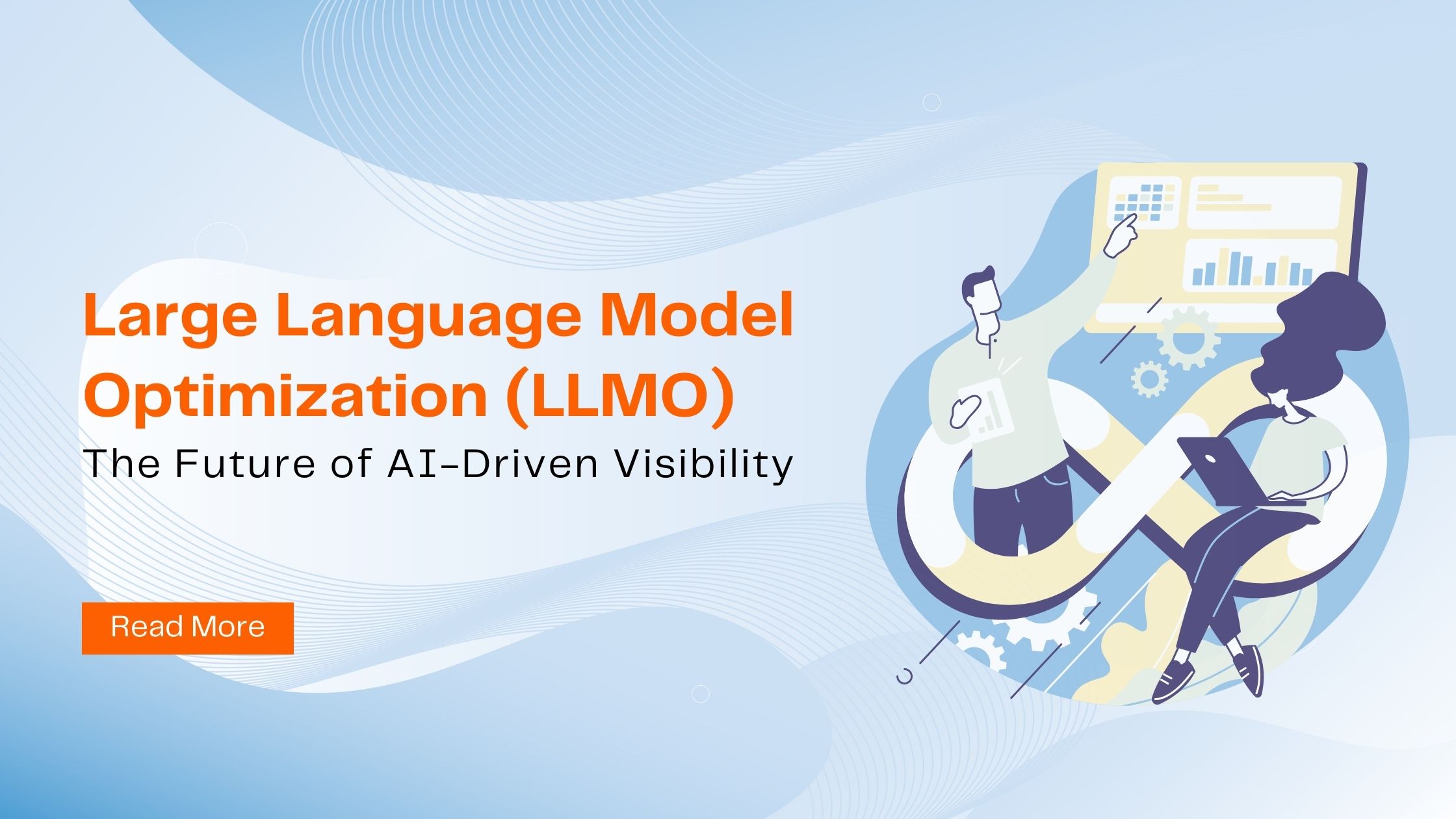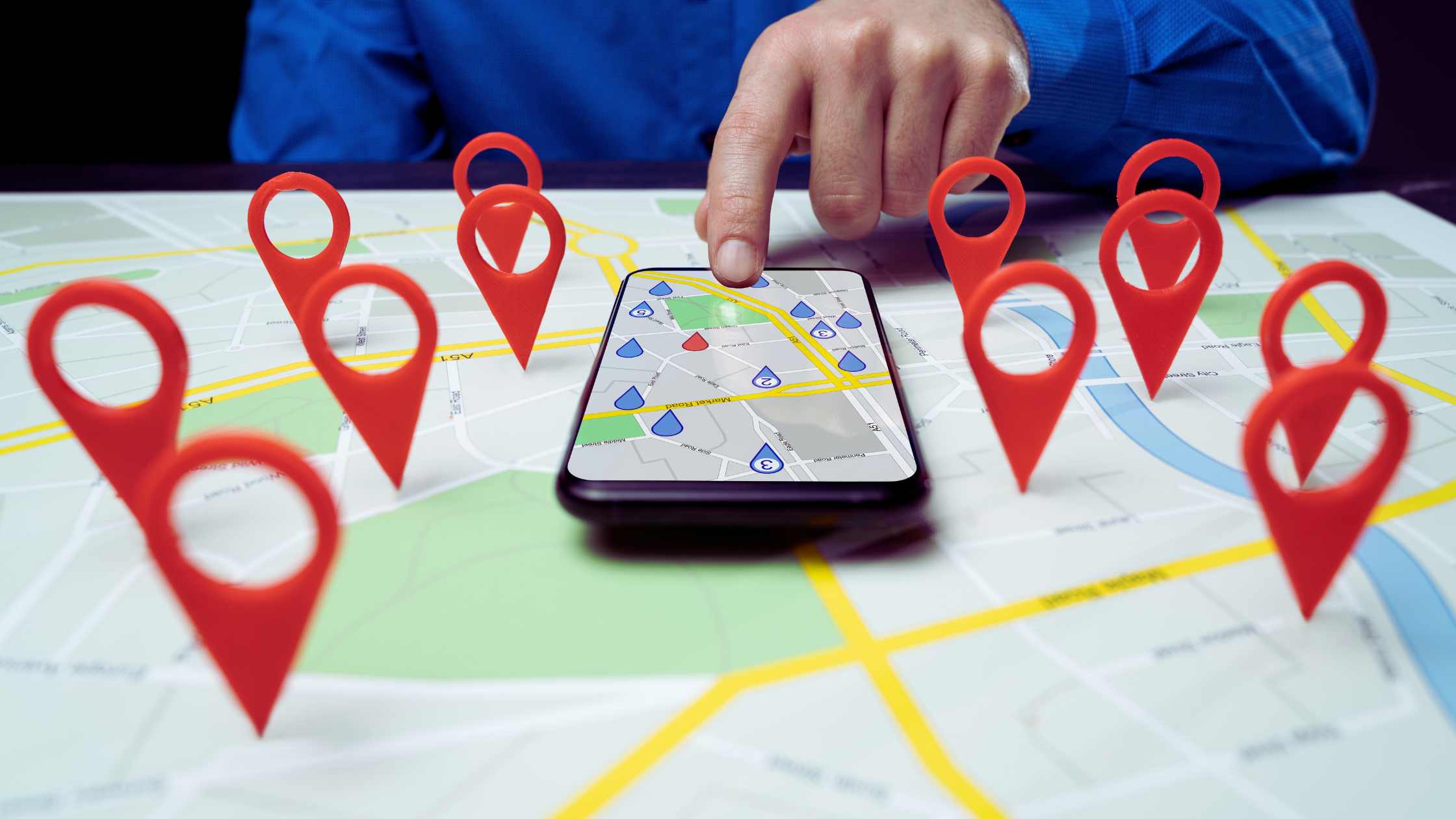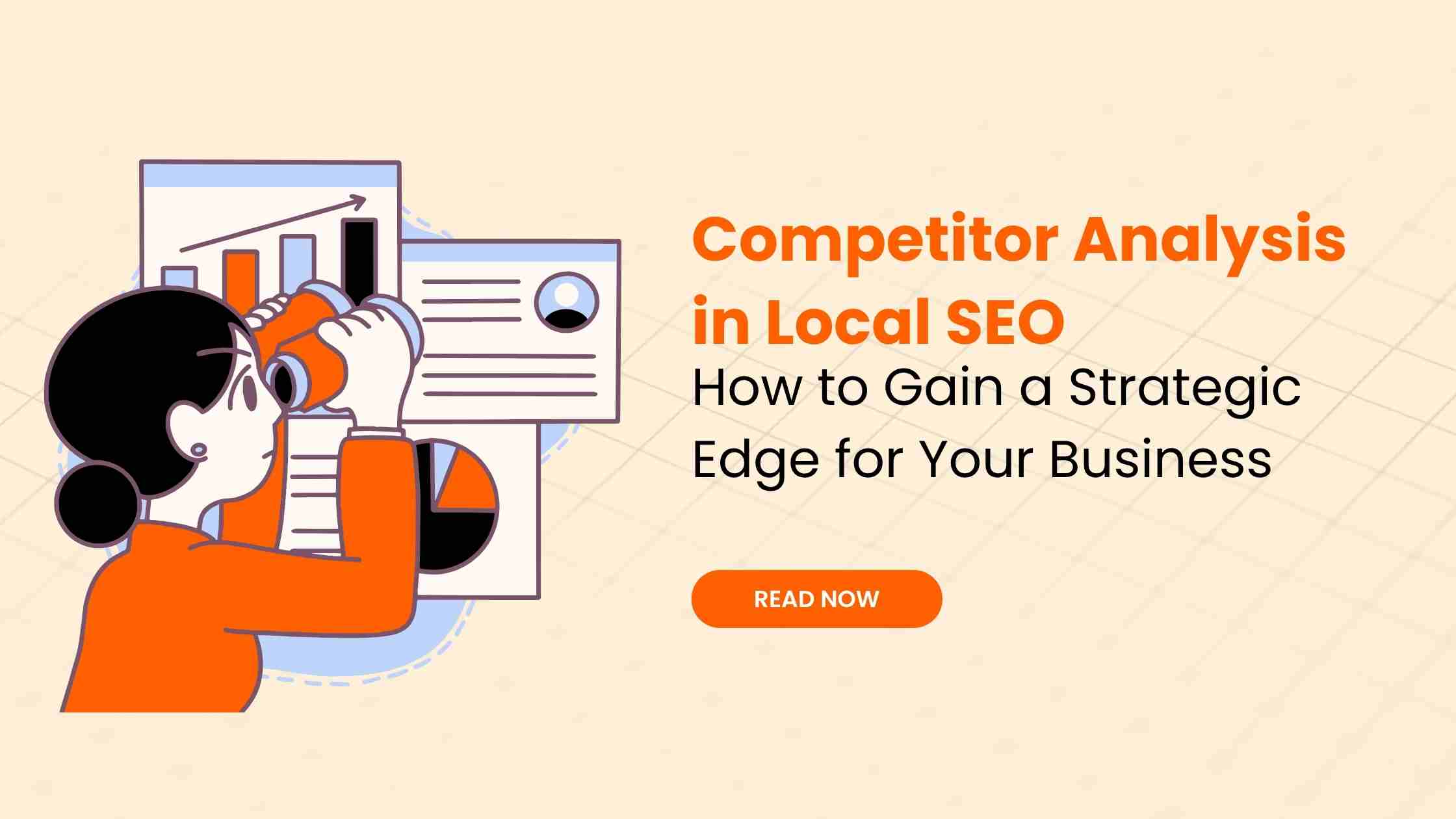In today’s digital landscape, the emergence of Generative Engine Optimization (GEO) is reshaping how brands are discovered online. This blog explores how SEO (Search Engine Optimization) and GEO complement each other and why mastering both is essential to future-proof your online presence.
What Is Traditional SEO?
SEO is the long-established practice of optimizing websites to rank higher on SERPs (Search Engine Results Pages) like Google and Bing, focusing on:
- Keyword targeting aligned to user queries
- Building quality backlinks from authoritative sites
- Technical performance factors like site speed, mobile-friendliness, crawlability, schema, etc.
- Content optimized for user engagement, readability, and relevance.
SEO continues to be the backbone of driving organic traffic and conversions.
What Is GEO?
GEO stands for Generative Engine Optimization—a strategic approach to ensure your content is featured or cited by AI-powered platforms (like ChatGPT, Microsoft Copilot, Google’s AI Overview, or Perplexity AI). Instead of aiming for clicks, GEO optimizes content to be used directly as the answer in AI-generated responses.
Why Both SEO and GEO Matter
Search Engine Optimization is evolving—not disappearing. GEO doesn’t replace it; it builds upon the SEO foundation to capture visibility in AI-driven search formats as well. Google and AI engines increasingly serve direct answers, reducing clicks but increasing the value of brand presence within AI summaries.
Key Differences: SEO vs GEO
| Feature | SEO (Traditional) | GEO (AI‑Driven) |
| Goal | Rank higher on SERPs to earn clicks | Be cited in AI-generated answers used directly |
| Content Style | Keyword‑focused, long‑form, narrative | Structured Q&A, bullet lists, clearly factual |
| Technical Focus | Site speed, crawlability, mobile, backlinks | Schema, structured data, content clarity |
| Success Metrics | Rankings, clicks, traffic, conversions | Citation frequency, share of voice in AI responses |
| Platforms | Google, Bing, Yahoo | ChatGPT, Gemini, Perplexity, AI-overview tools |
How to Optimize for Both SEO and GEO
1. Start with strong SEO basics
Deliver technical excellence: fast loading, crawlable, mobile-optimized pages, keyword-rich meta titles/descriptions, and high-quality content backed by authoritative sources.
2. Create user-focused, structured content
Answer common questions directly using FAQ formats, bullet lists, tables, clear headings, and concise explanations to increase the chances of being featured in AI responses.
3. Demonstrate EEAT
Use real data, expert quotes, citations, case studies, and author credentials to establish Experience, Expertise, Authoritativeness, and Trustworthiness.
4. Implement structured data
Add Schema markup (FAQPage, HowTo, Article, LocalBusiness, etc.) to help AI engines parse and present information accurately.
5. Monitor and test GEO performance
While GEO metrics are less mature than SEO, tracking AI citations and share-of-voice metrics gives insights into visibility in AI tools.
You May Also Like to Read:
Mastering LLM Optimization (LLMO): The Future of AI-Driven Visibility
In a world where AI-driven platforms like ChatGPT, Gemini, and Google’s Generative Search are rewriting the search experience, ranking on…
SEO vs GEO: Mastering the Future of Search Optimization in
In today’s digital landscape, the emergence of Generative Engine Optimization (GEO) is reshaping how brands are discovered online. This blog…
Mastering “Near Me” Search Optimisation: A Local SEO Essential
In today’s mobile-first world, “near me” searches have skyrocketed—think users tapping “dentist near me” or “coffee shop near me” when…
Mastering Crawl Budget: Boost Your Site’s SEO Visibility
Crawl budget plays a crucial role in determining how effectively and frequently search engine bots like Googlebot crawl and index…
Competitor Analysis in Local SEO: How to Gain a Strategic
In today’s hyper-competitive local markets, businesses are not just fighting for foot traffic—they’re competing fiercely for online visibility. And when…
Conversational Search: The Future of User Intent & SEO
In the fast-evolving digital marketing landscape, conversational search is not just a trend — it’s a revolution in the way…
Challenges and How to Handle Them
- Measuring GEO impact can be tricky: AI citations don’t necessarily produce clicks. You’re building brand trust and authority by being present in AI responses, even when users don’t click
- AI models are always changing: The “rules” of GEO evolve rapidly. Adopt flexible content strategies and maintain brand voice via quotes and structured content.
- Higher investment costs: High‑quality content optimized for AI visibility often costs more, but it also offers long-term brand authority gains.
Real-World Strategy: How DeroDigital Helps You Win
- SEO Foundation Audit: Technical optimizations, keyword mapping, and site health checks.
- Content Strategy for AI: Build FAQ pages, structured guides, industry explanations, and long-form resources optimized for both SERPs and AI agents.
- EEAT-Driven Writing: Showcase expertise with real data, client stories, and expert commentary.
- Schema and Metadata Layering: Implement structured data to improve AI readability and citation potential.
- Ongoing Tracking: Monitor traditional ranking metrics in Google Analytics + measure AI visibility through citation tracking tools.
- Unified Optimization: Maintain balance—ensure your content works for both SEO ranking and AI answer inclusion.
Conclusion
In 2025 and beyond, SEO and SEO must coexist as complementary strategies. SEO drives clicks and traffic; GEO ensures your brand appears within AI-powered answers, providing trust, visibility, and future-proof reach. At Dero Digital, we design content strategies that deliver performance on both fronts.
References & Further Reading
https://gravitywrite.com/blog/geo-vs-seo?utm_source=chatgpt.com
https://en.wikipedia.org/wiki/AI_SEO?utm_source=chatgpt.com
https://www.seo.com/ai/geo-vs-seo/?utm_source=chatgpt.com
https://boomcycle.com/blog/seo-vs-geo-understanding-the-key-differences/?utm_source=chatgpt.com
https://en.wikipedia.org/wiki/Generative_engine_optimization?utm_source=chatgpt.com







